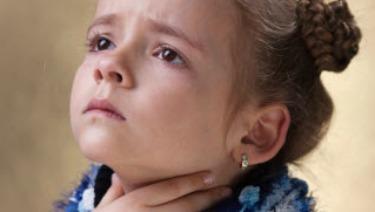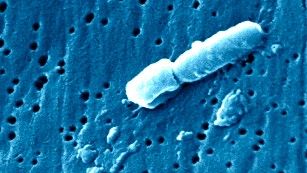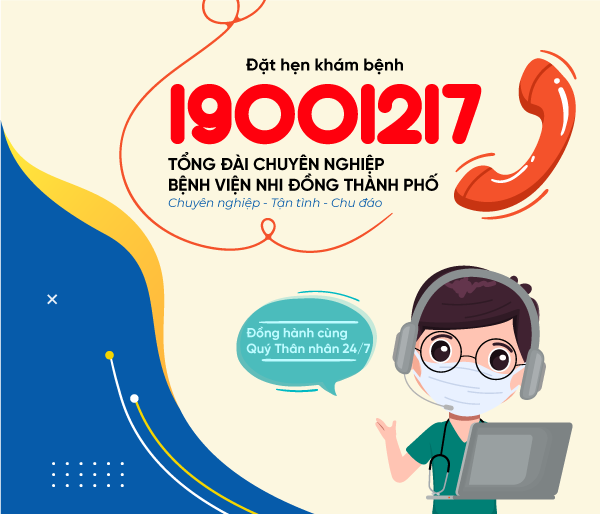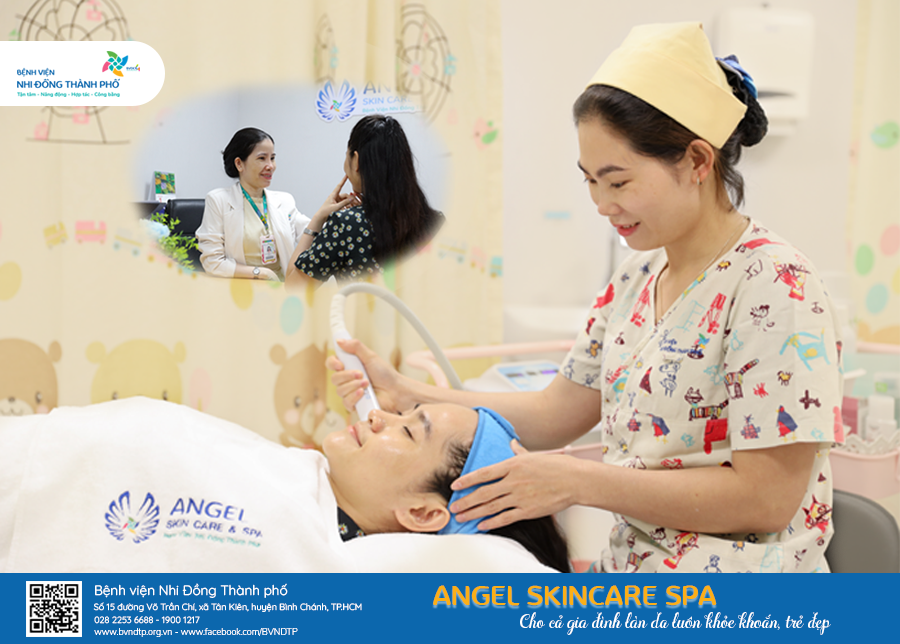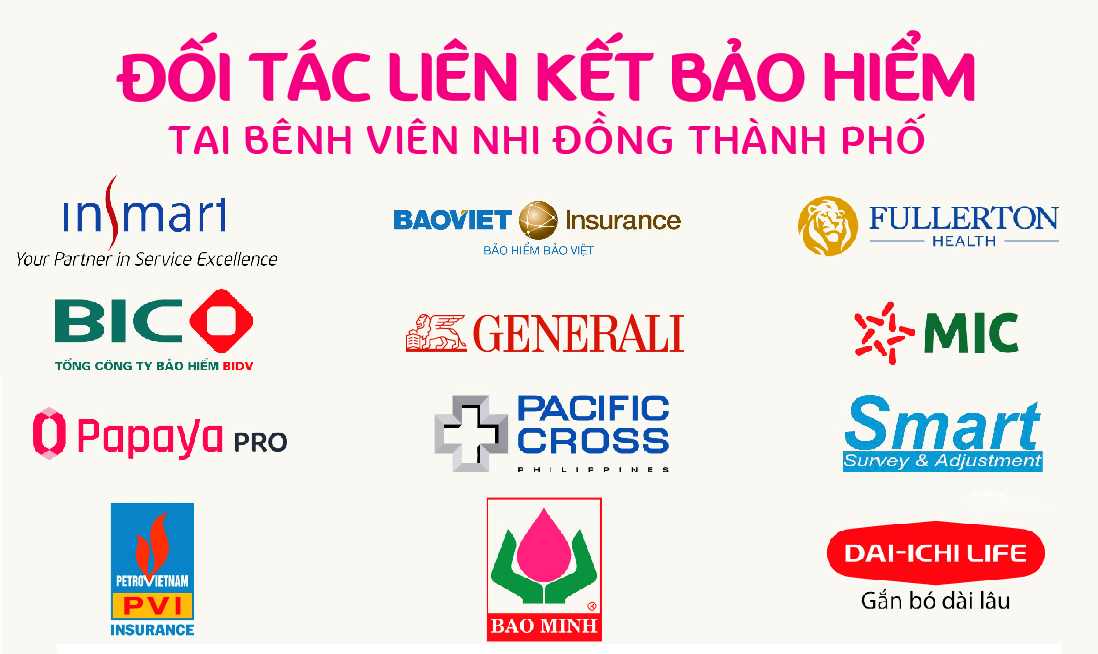What is Bronchiolitis?
– Bronchiolitis is an acute infection of the lower respiratory tract that effects the small airways of the lung. When these airways get infected, they get swollen and full of mucus, which makes the child hard to breath.
– Bronchiolitis usually affects children younger than 2 years of age, and is most commonly diagnosed in those between 3 to 6 months old, especially in the rainy season (in the South of Viet Nam) or the cold season (in the North of Viet Nam).
– The most common cause of bronchiolitis is RSV (Respiratory syncytial virus). There are many other viruses that can be the causes of bronchiolitis, like Adenovirus, Parainfluenza virus, Influenza virus, Rhino virus, Enterovirus…
– In most children, bronchiolitis goes away on its own. But some children are more severely affected and need to be seen by a doctor.
What are the symptoms?
Bronchiolitis usually begins like a common cold with:
– Stuffy nose or runny nose
– Mild cough
– Mild fever
– Decreased appetite
When the illness progresses, other symptoms can develop:
– Severe cough
– Wheezing ( a whistling sound when the child breaths)
– Breathing fast or having trouble breathing. Especially children younger than 6 months old, a pause in breathing that last more than 15-20 seconds can be the only symptom
– Poor feeding
When will your child need to see a doctor?
Unable to feed or drink
Younger than 3 months old and has a fever
Older than 3 months old and has a fever for more than 3 days
Fast breathing
Trouble breathing:
Your child’s nostrils flare when he or she takes a breath
The skin and muscles below your child’s ribcage look like they are caving in when he or she breaths
A pause in breathing that last more than 15-20 seconds in baby younger than 3 months old
Your child has fewer wet diapers than normal
Call an ambulance or take your child to the nearest hospital immediately if your child:
– Stop breathing
– Turn very pale or blue
– Start grunting
– Has a very hard time breathing
How is bronchiolitis treated?
– The aim is to give your child enough oxygen. To do that, the doctor or nurse might consider suctioning the mucus from your child’s nose and mouth, or providing oxygen to breath.
– Antibiotics are usually not needed. But if your child has symptoms such as fast breathing, trouble breathing, poor feeding, drowsy, or have laboratory or imaging proofs of bacteria infection, then the doctor will need to use antibiotics.
How to take care of a child with bronchiolitis at home ?
– Make sure your child gets enough fluids
– Make sure your child’s nose clean from mucus (by using the suction bulb for example)
– Feed your child normally
– Give your child anti-fever medications (Paracetamol or Ibuprofen) if he or she has a fever
– Pay more attention to your child so you can know right away if your child starts having trouble breathing.
How long will it last?
Symptoms are usually worst during day 4 or 5 of the illness. Most children make a complete recovery after 14 days, but some children still have a mild cough or wheeze for several weeks more.
Can bronchiolitis be prevented?
You can reduce the chances that your child will get bronchiolitis by:
– Washing your hands and your child’s hands often with soap and water, or alcohol hand rubs. This is the most important prevention measure.
– Staying away from other adults or children who are sick



